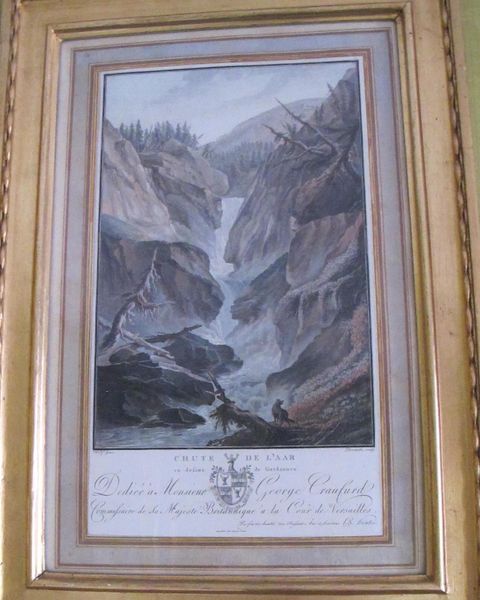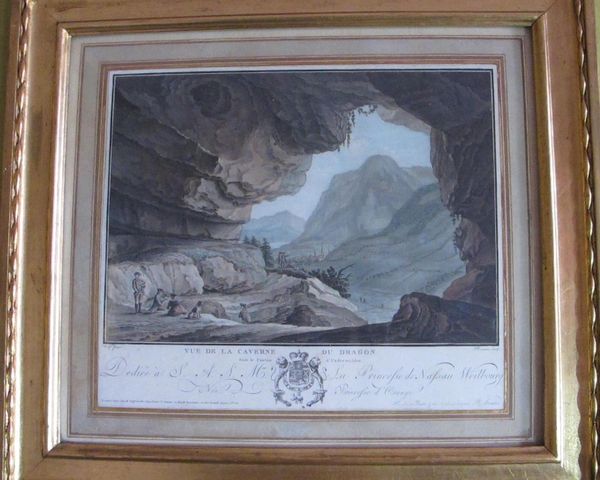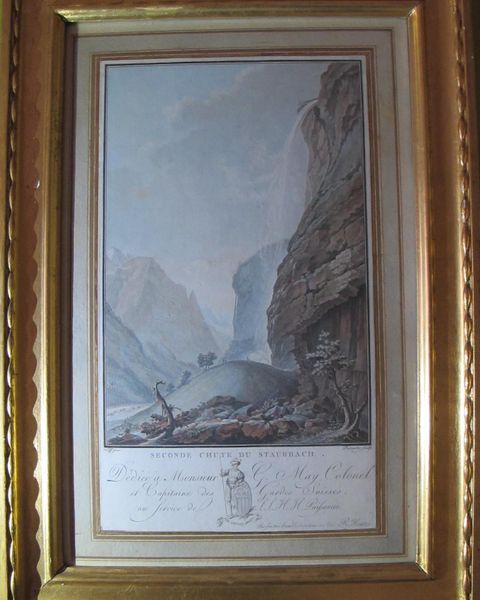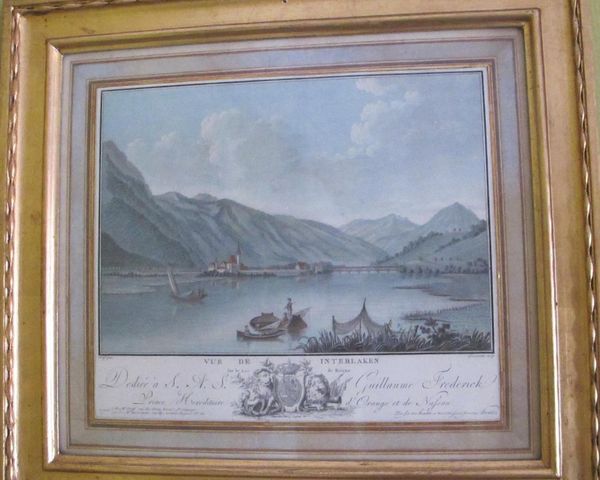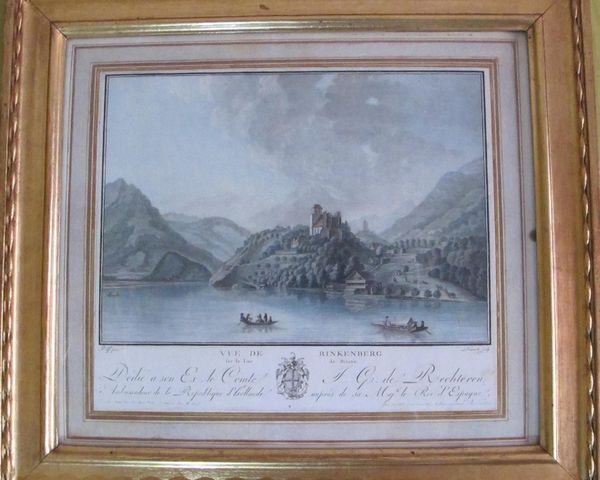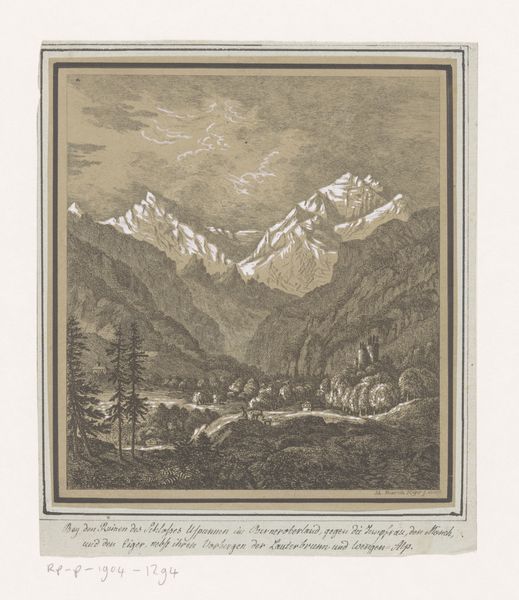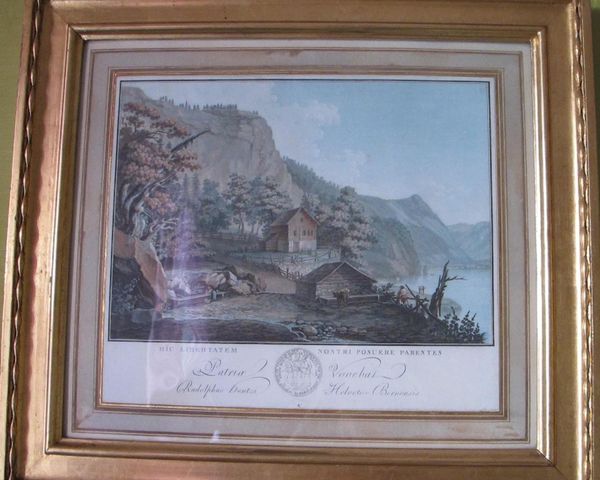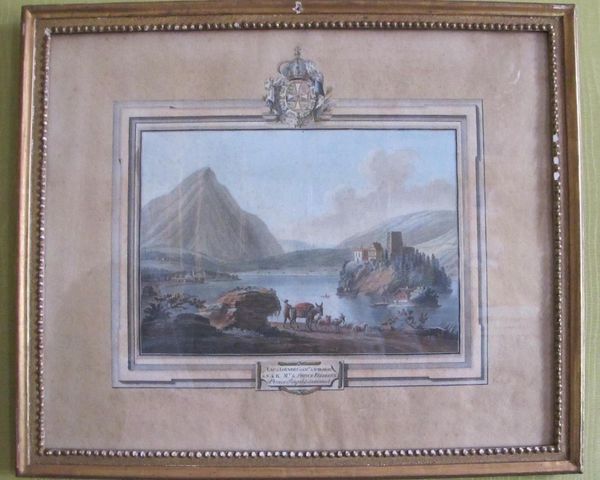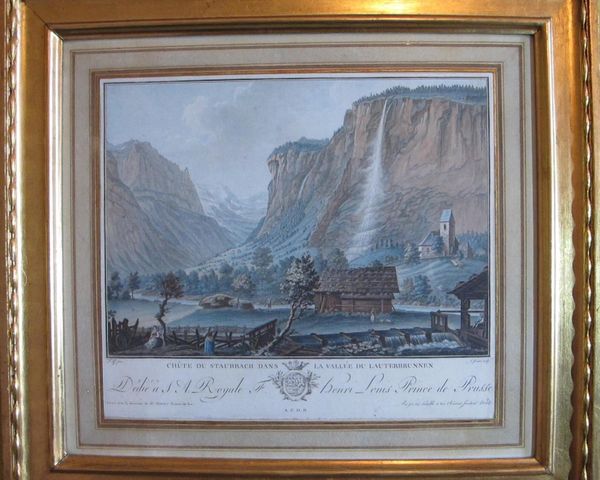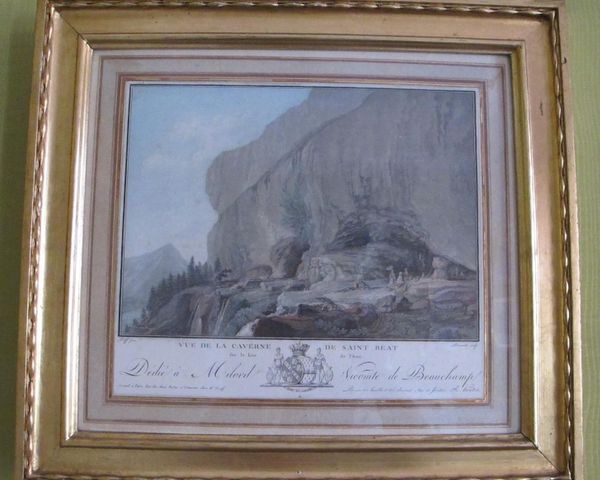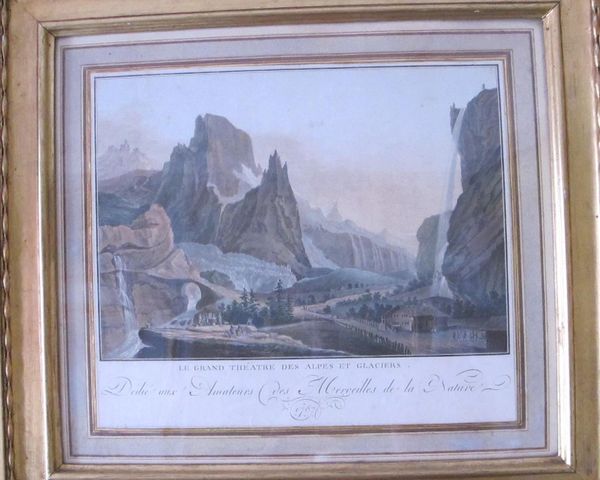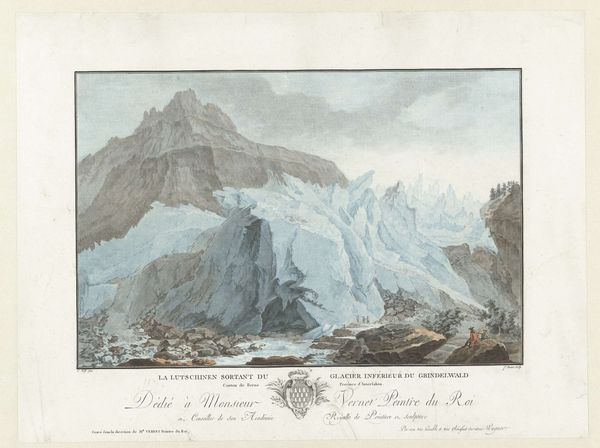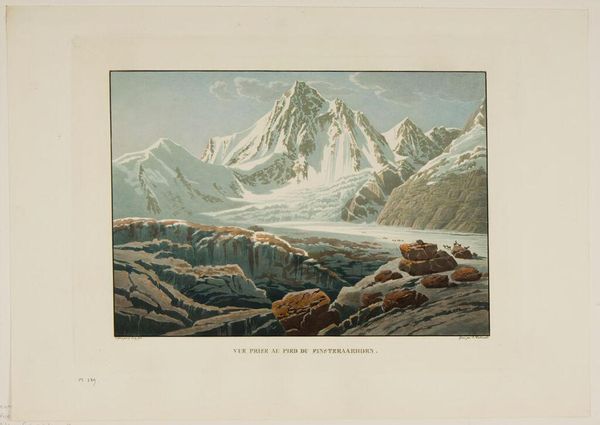
aquatint, print
#
aquatint
#
neoclacissism
# print
#
landscape
Dimensions: 350 mm (height) x 398 mm (width) (netto)
Editor: So, this is *Vue de Breit-Lauwinen*, an aquatint from the 18th century by Charles Melchior Descourtis. It depicts a mountainous landscape. It feels so carefully crafted. What stands out to you about this piece? Curator: I am drawn to how the aquatint technique shapes our understanding of this landscape. It's not just about *what* is depicted, but *how* it's made that reveals so much about 18th-century values. Consider the laborious process of creating these prints; etching, aquatinting, printing. What kind of labor was involved? Editor: You mean like, who actually made it, beyond just Descourtis? Curator: Exactly! We can investigate the studio system, the division of labor in printmaking. What social class did the printers come from? How was their work valued? And what about the consumption of these prints? Who could afford them, and how were they displayed? Editor: I hadn't thought about it like that, it seems very accessible. Did the choice of aquatint impact who could afford the prints and perhaps shape the perception of landscape as something consumable? Curator: Precisely! It democratized landscape imagery to a degree, but within limits. The materiality of the aquatint, its reproducibility, opens avenues to explore class dynamics of the era. Do you notice any telltale markings suggesting that a wealthy or poorer class purchased this landscape? Editor: This piece almost makes you reconsider the labor embedded in these printed materials, not just the finished product. It suggests the socio-economic elements through the landscape it produces! Curator: Right! This artwork underscores the intimate connection between artistic representation, materiality, labor and societal consumption. By investigating process and making of this art, we have the capacity to enrich and transcend a high art aesthetic, to better account for and analyze our global culture.
Comments
No comments
Be the first to comment and join the conversation on the ultimate creative platform.

